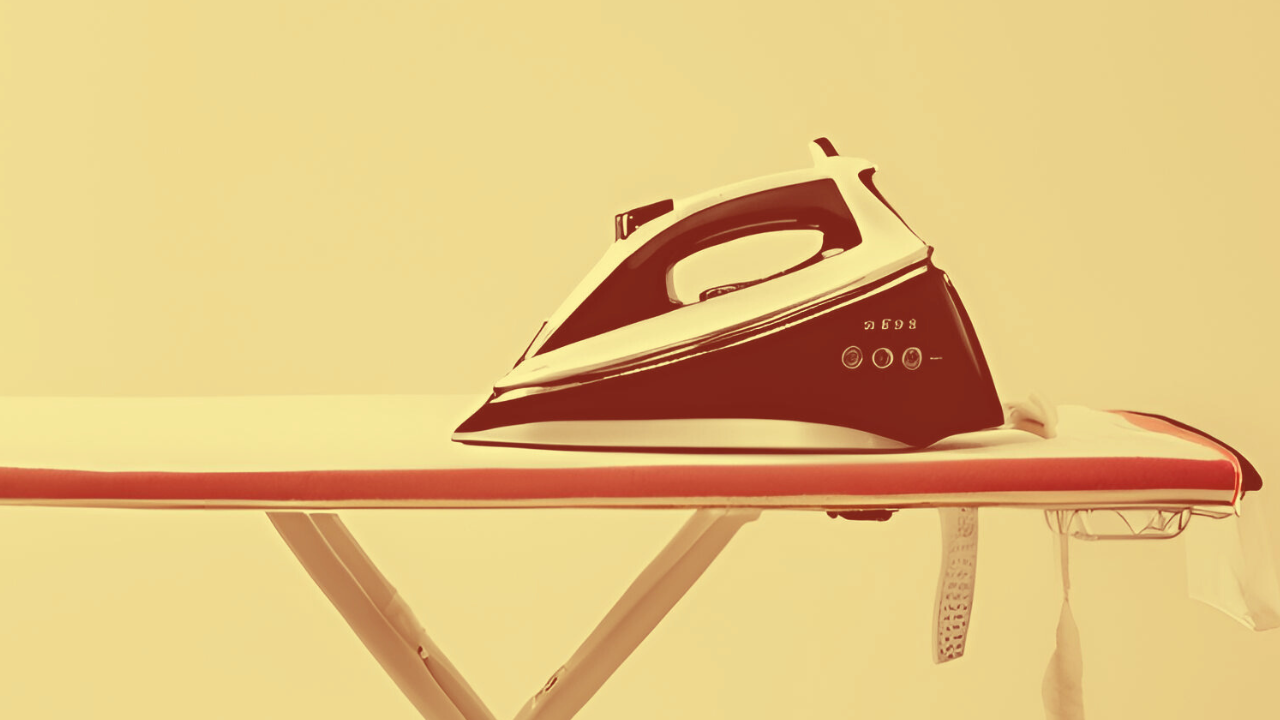
If you have a steam generator or steam iron, you will appreciate the convenience of easily removing creases from your clothing. There may be moments when you notice water on the soleplate. Whilst it is expected that some water may appear on the soleplate from time to time given the nature of the product, there may be times where other factors are at play. Luckily, these can be easily solved. Here are some common reasons your steam iron may be leaking and how to rectify them.
The water level is too high.
If the water tank has been overfilled it can cause the soleplate to leak. This is because there is too much water to be effectively heated, so when it comes to exiting the soleplate as steam it may not reach the correct temperature. As a result, it comes out as water droplets. To remedy this, always follow the minimum and maximum lines on the water tank so be certain you are filling correctly.
The temperature setting is too low.
Similarly, if the temperature is set too low it can cause the soleplate to leak when selecting a steaming setting. This is because the appliance needs to get hot enough so it can create the steam. To solve this, increase the temperature or consult your user manual to see if there are specific temperature recommendations for different steam settings.
The water tank needs descaling.
Over time, limescale may form in the water tank. This happens as the minerals in the water build-up together. If this happens then the appliance will need descaling. The instructions may vary on your model; some models have an automatic descaling function but for others you may need to descale manually using a shop-bought descaling solution. Check your user manual for specific guidance on descaling. To prevent limescale from building up, it is recommended to use distilled water, or a 50/50 mix of distilled water with tap water.
The soleplate needs cleaning.
If you notice the soleplate is leaking, it can also indicate it needs cleaning. Like with the inside of the water tank, limescale and debris can build-up on the soleplate itself. You can clean the soleplate with a soft cloth and warm water to gently remove build-up. Avoid using any harsh abrasives or cleaners as this may damage the plate. Refer to your user manual for specific guidance.
The cleaning products or fabric softener used is excessive.
The cleaning products we use to soften the fabrics when washing can leave bits of residue within the fabric of the clothing. As we place the soleplate on the clothes to iron, this residue can get stuck to the soleplate. Whilst not aways obvious or visible, it can create blockages in the steam holes and prevent steam from forming and instead turns to water droplets. With this in mind, we recommend considering how much fabric softener is used and cleaning the soleplate when needed.
Still need help?
If these checks haven’t solved this for you, then we recommend consulting your user manual or contacting the support team for further assistance.